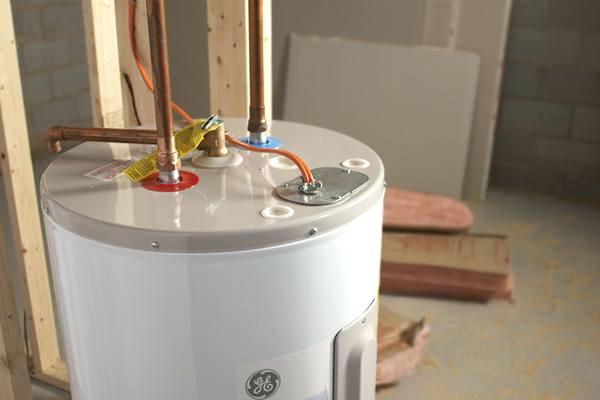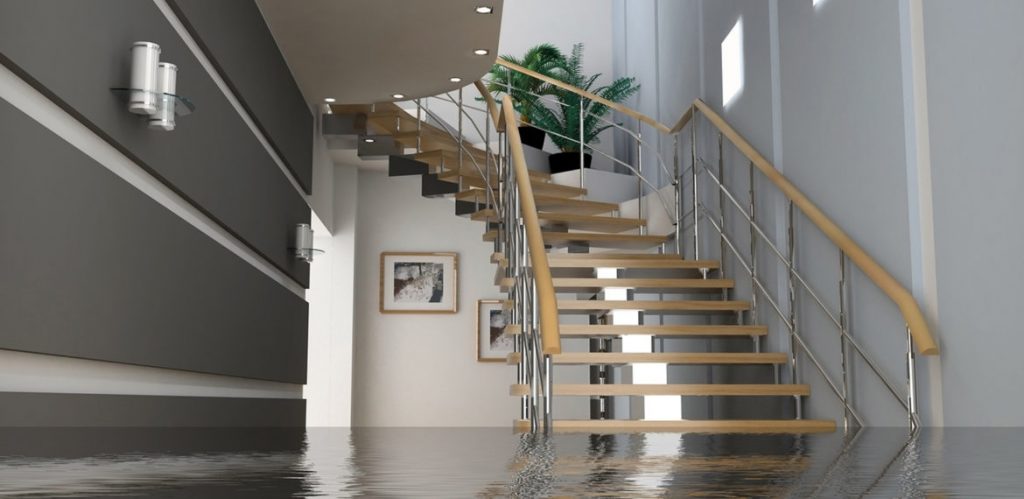1. To maintain great water circulation in showers and sinks, eliminate mineral deposits from shower heads and faucets by loosening them and soaking them for about 24 Hr in a bowl or Ziploc bag filled with vinegar.
The mineral deposits ought to break down, leaving your shower heads and faucets clean and functioning much better. Replace it if your showerhead or faucet is exceedingly clogged and does not come clean after soaking.
2. As your shower head ages, it will begin to break and leakage, or the nozzle holes can become bigger, which will waste water. In general, shower heads only last around 10 years.
If your shower head is older than that, change it with a newer, more energy-efficient design. Doing so will decrease your water usage by around 50 percent.
3. Occasionally examine faucets in utility, cooking area and restroom space sink for puddles or drips. Make the needed repair work to conserve water if you discover any leaky faucets.
4. Routinely take a look at the exposed pipelines in your basement and under sinks for signs of leakages. If you see rust, buckling or drops of water, it’s time to call the plumbing for an expert inspection.
5. With time, your water heater’s tank can develop mineral deposits. This can affect the device’s performance or perhaps rust, which damages the tank completely.
To make sure the valve works properly, drain pipes a few gallons of water from your warm water heater a minimum of twice a year. This will get rid of any sediment that has built up inside the tank, which will optimize heating performance.

6. Replace your water heater if it’s more than 15 years old; newer hot water heater are even more energy-efficient than older models. Consider installing a tankless hot water heater to cut down on water use and lower your energy expenses.
7. Install mesh drain covers in tubs, sinks, and showers. This will avoid hair, pieces of soap and other particles from entering the drains pipes and obstructing them up.
8. Don’t utilize your toilets as a garbage disposal. Human waste, the only other compounds that must be flushed down your toilet is toilet tissue– and that ought to be used moderately.
People are often lured to flush hair, bandages, women’s hygienic products, paper towels and gum down the toilet, but these items need to be disposed of in a trash can instead. If you flush these materials down your toilet, it will only be a matter of time before you have a major toilet clog.
9. Regularly inspect toilet bowls and tanks for cracks and leakages. An easy way to evaluate your toilet for leakages is by adding a few drops of red food coloring to the tank. Let it sit for about an hour and then return to inspect it.
If the water in the toilet bowl is red, that indicates water is leaking through from the tank. This is easily corrected by replacing the tank ball.
10. If your toilet appears like it’s going to begin overruning, remove the tank cover and press down on the flush valve to plug the hole at the bottom of the tank. This will avoid the toilet from overflowing and enable you some time to identify the source of the problem.

